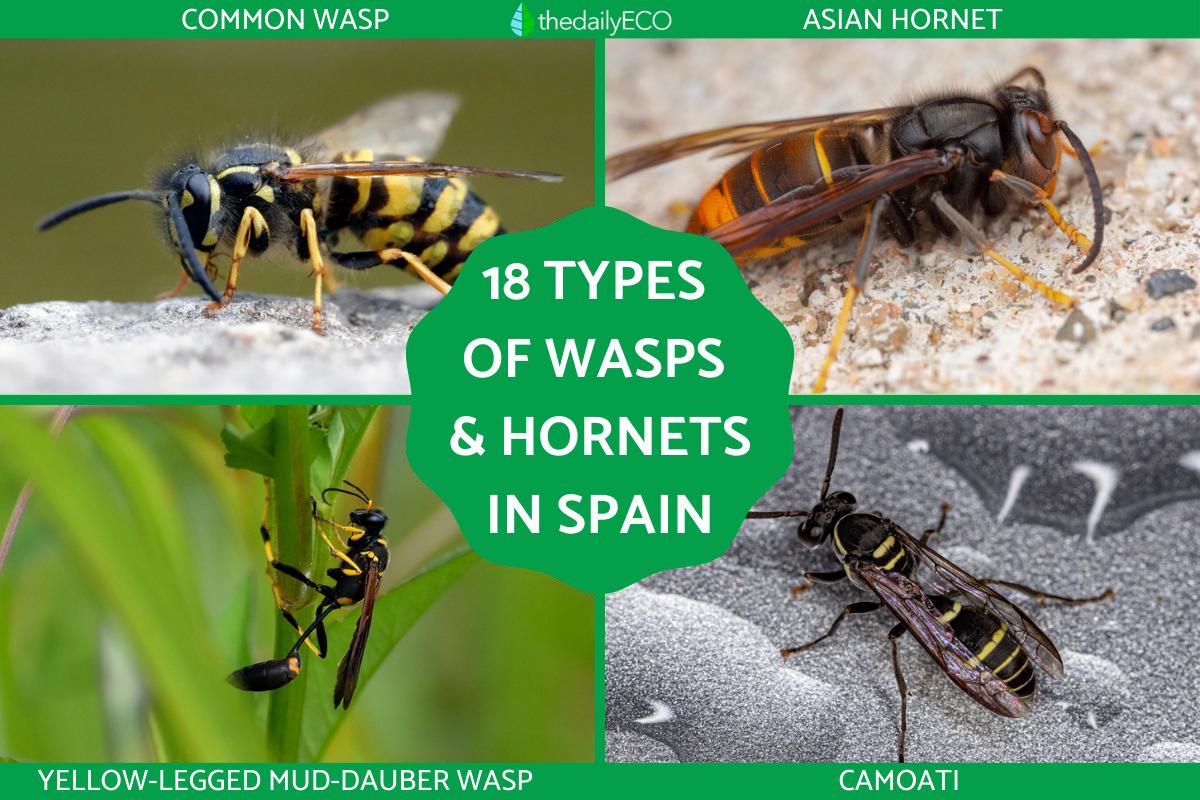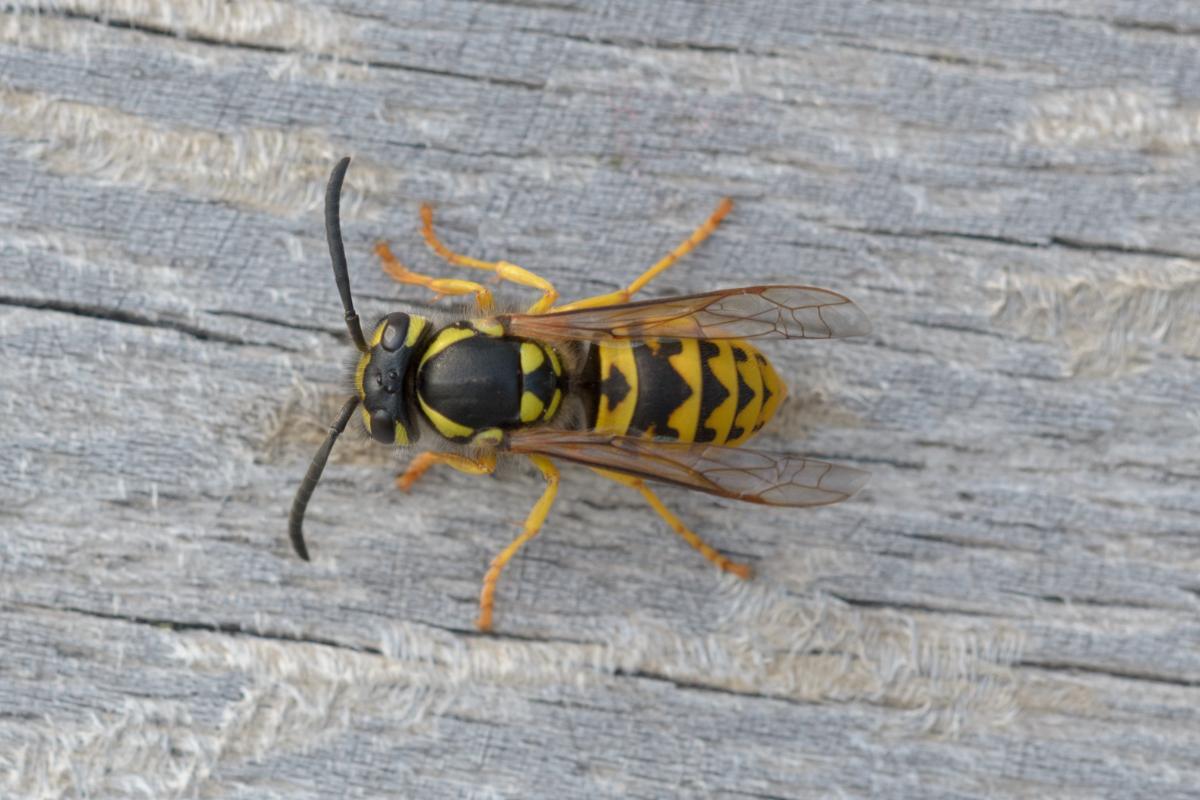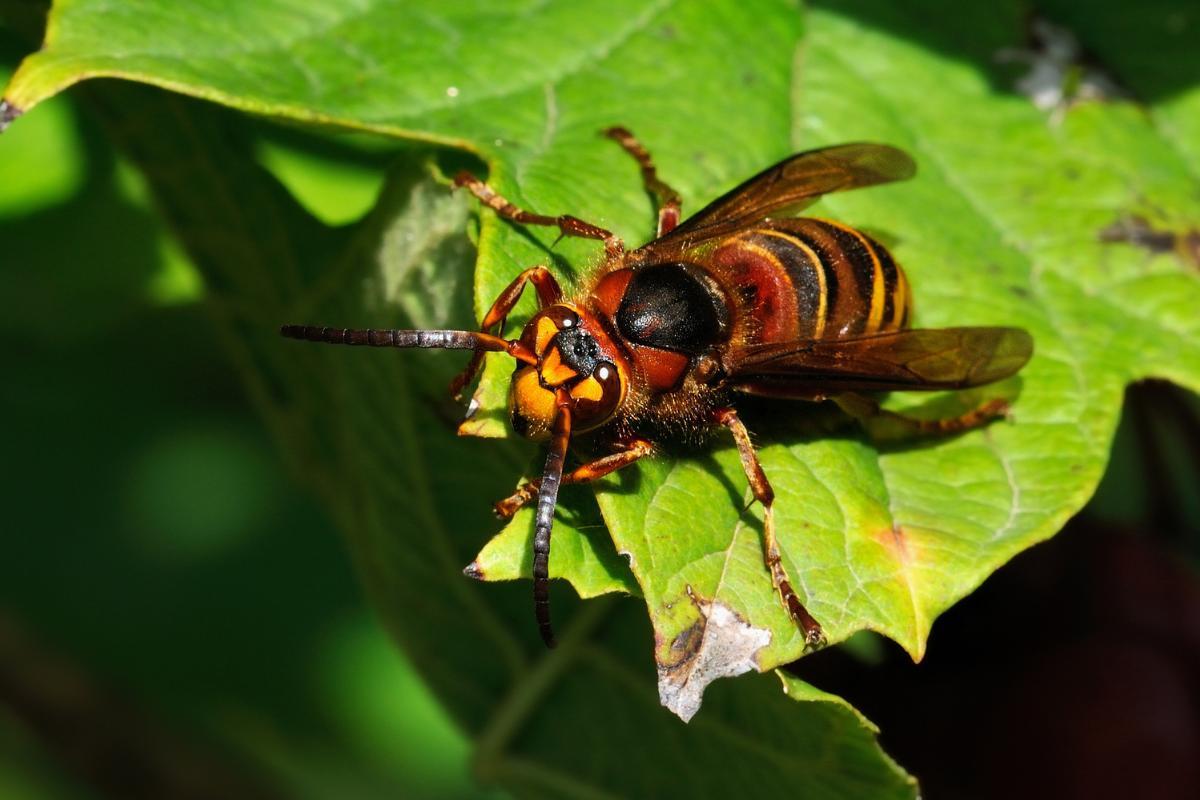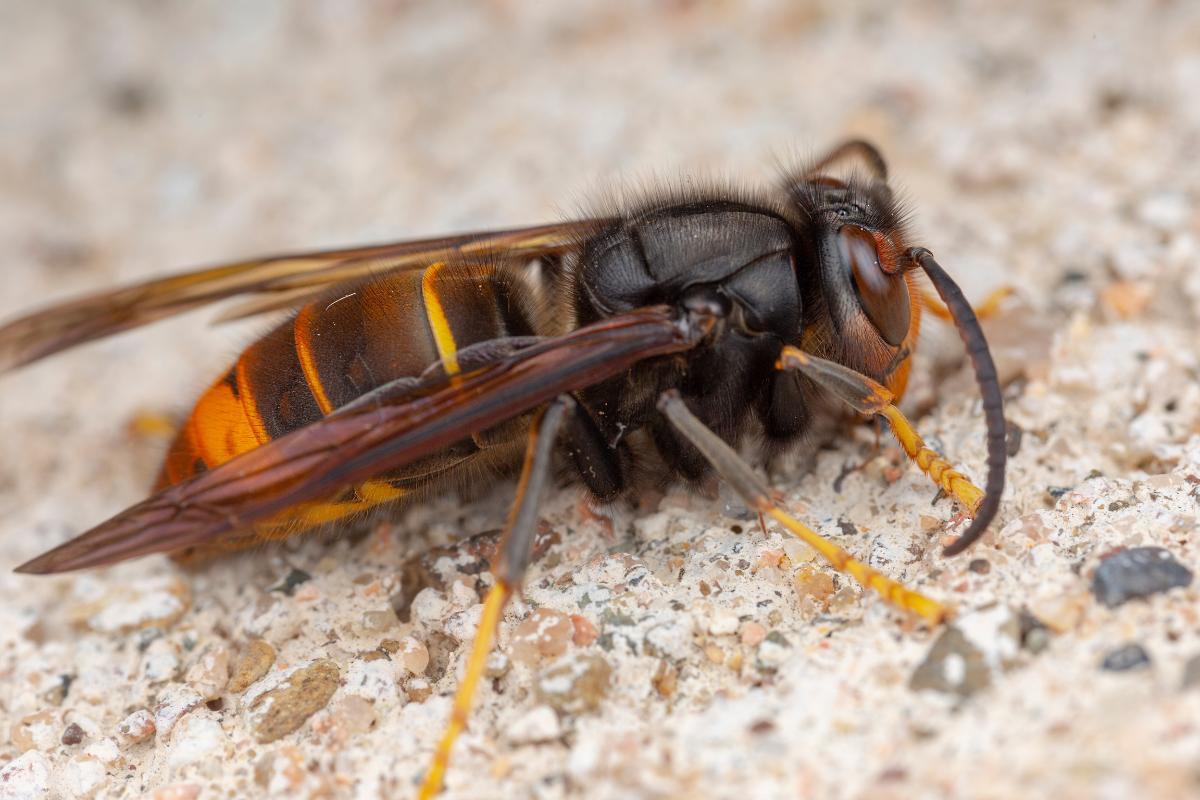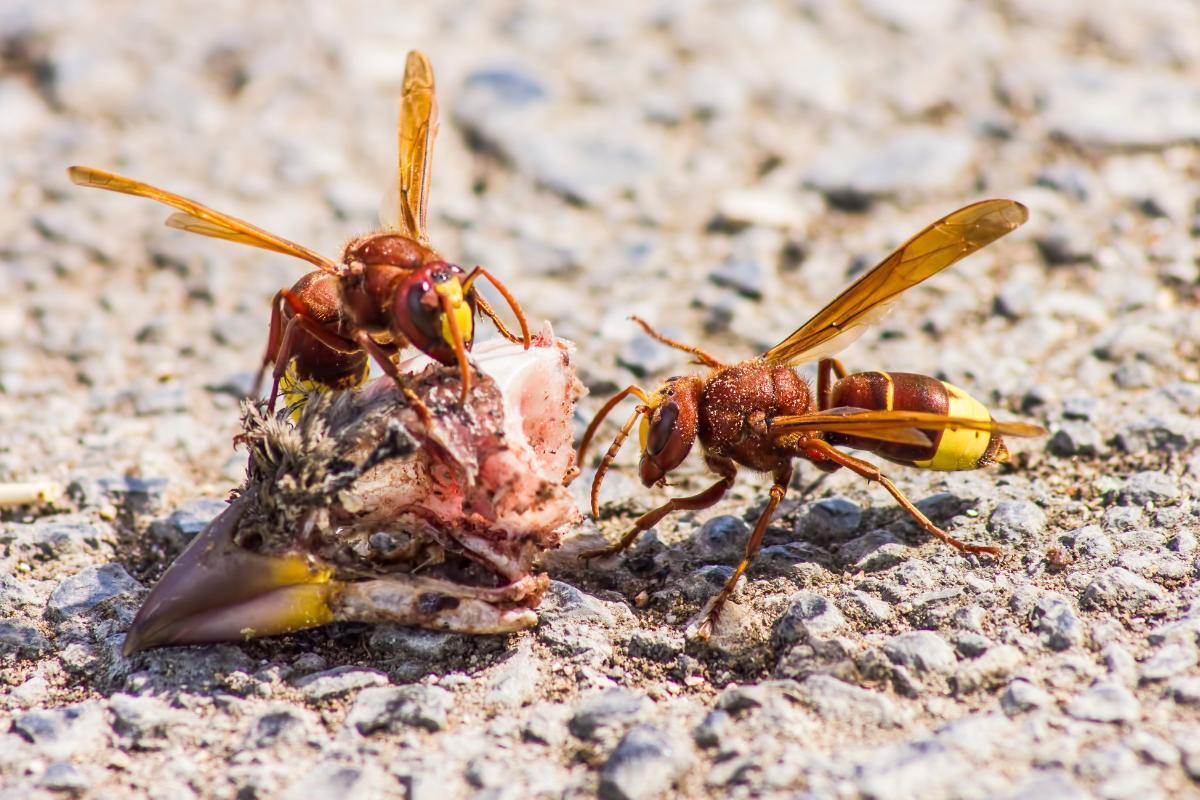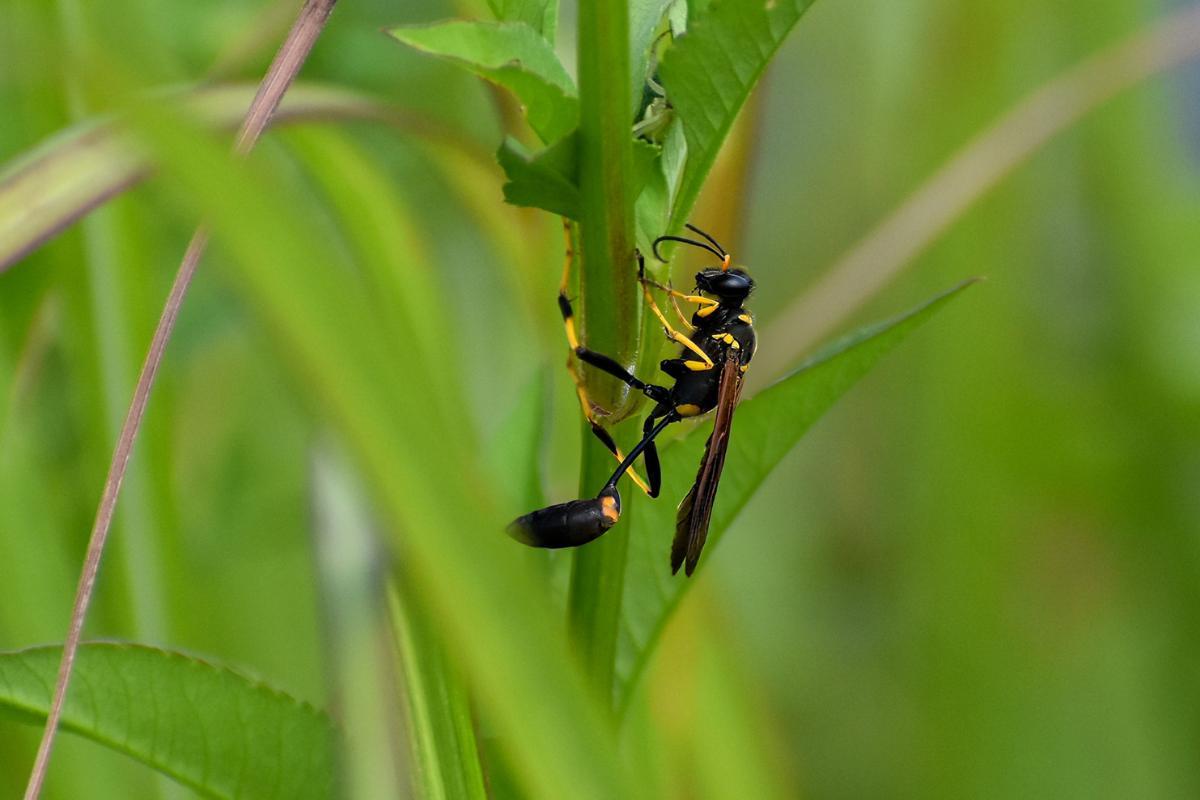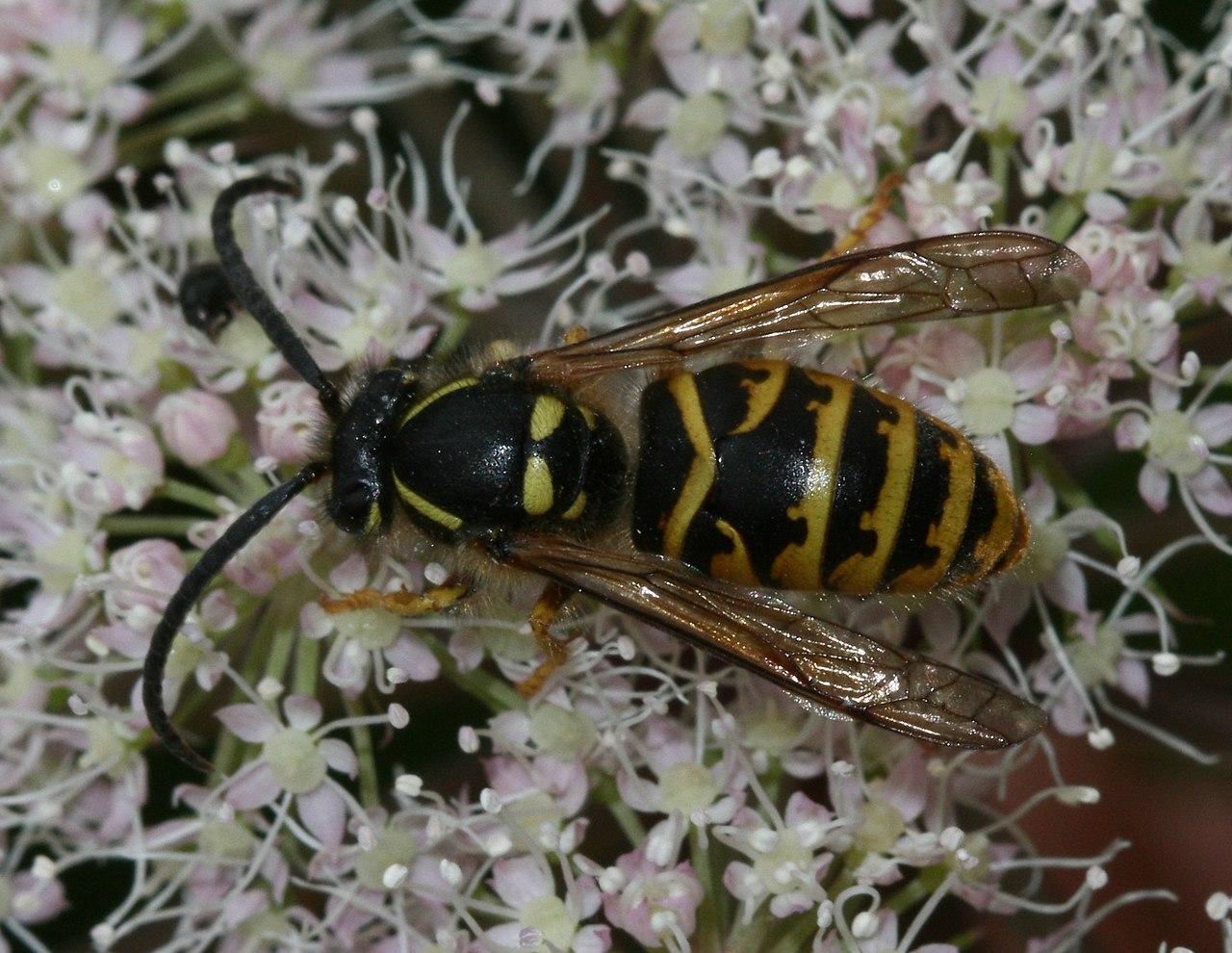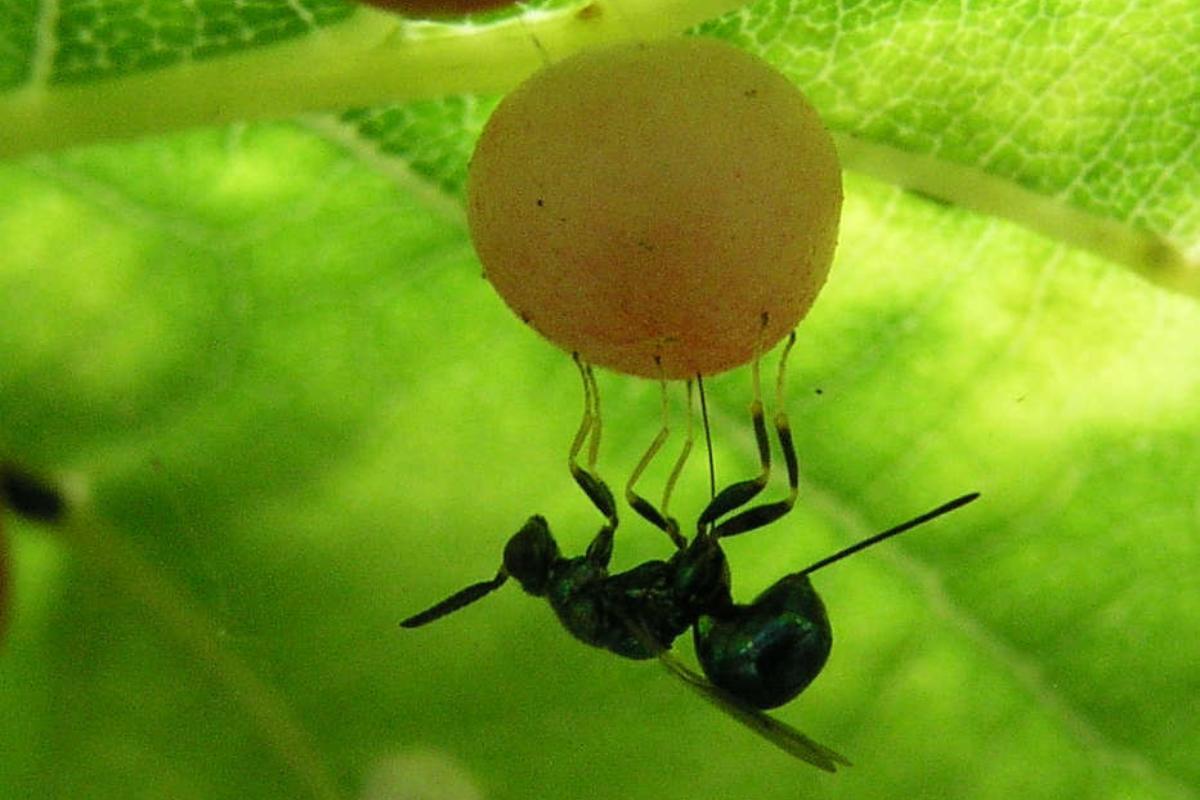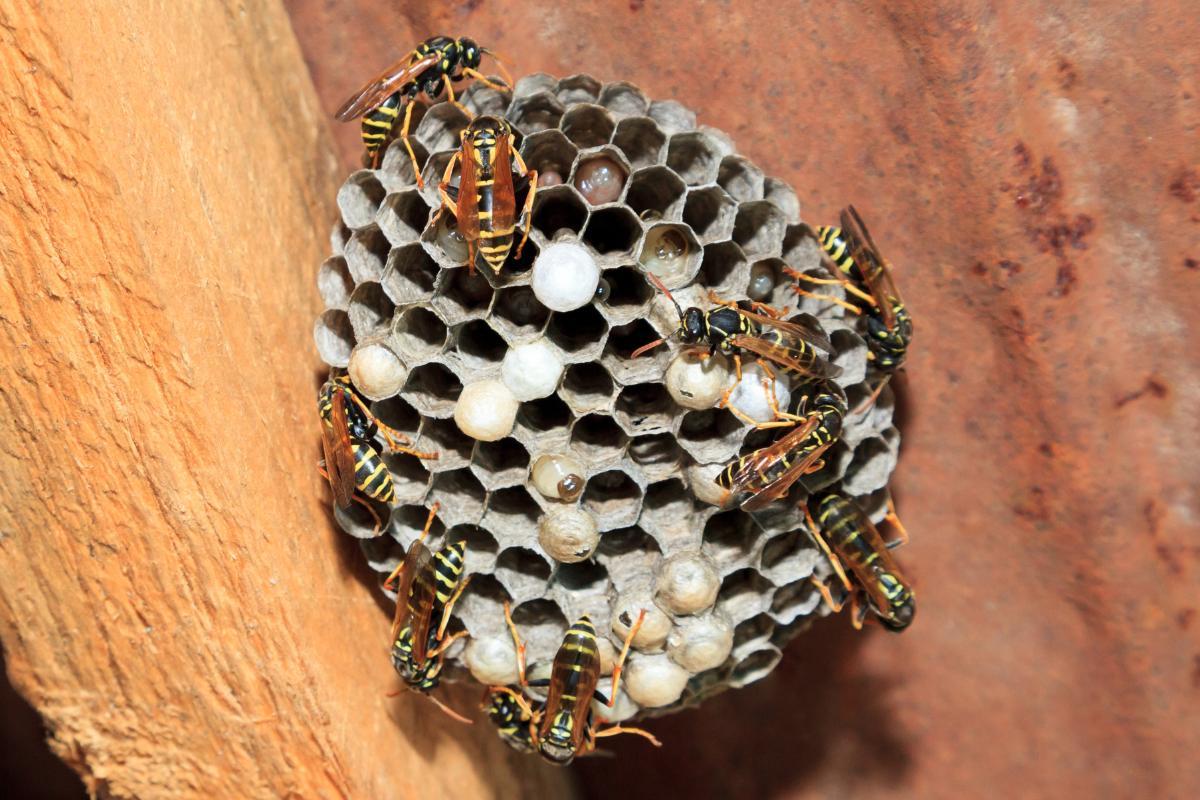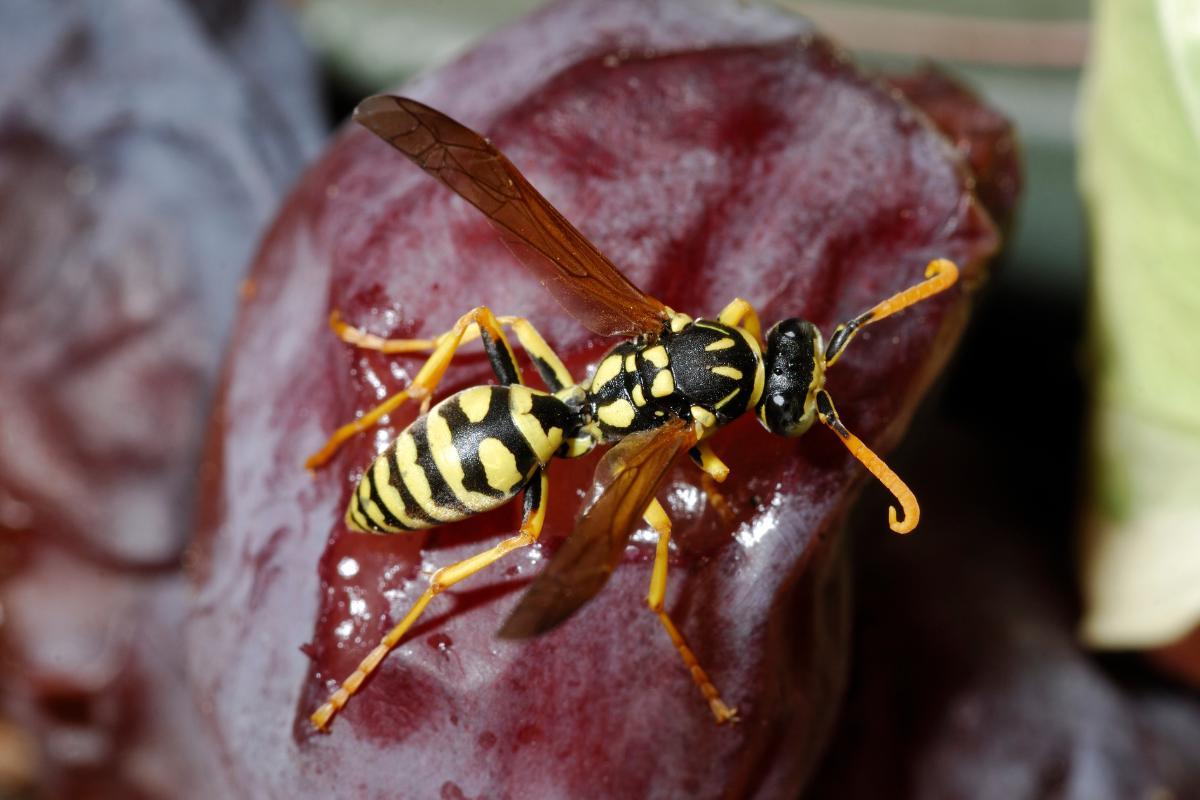Types of Wasps and Hornets in Spain


Although many of us can be scared of insects, wasps are known to instill a particularly high level of fear. This is because they have a powerful stinger which can cause significant pain after being stung. For this with a allergy or sensitivity, this can even be life threatening. Their great agility in the air means there is little we can do to stop a wasp from stinging us if they have their hear set on it. If we are in Spain, there are certain species which can be spotted, but not all types of Spanish wasps are the same. Special mention needs to be given to hornets, a type of large wasp which can be particularly destructive.
At thedailyECO, we discover 18 types of wasps and hornets in Spain. In addition to facts about their behaviors, we provide photos so you can best avoid them if you come across them.
- Common wasp (Vespula vulgaris)
- German yellowjacket (Vespula germanica)
- Wood wasp (Urocerus spp)
- European hornet (Vespa crabro)
- Mammoth wasp (Megascolia maculata)
- Asian hornet (Vespa velutina)
- Oriental hornet (Vespa orientalis)
- Yellow-legged mud-dauber wasp (Sceliphron caementarium)
- Red wasp (Hemipepsis mauritanica)
- European paper wasp (Polistes dominula)
- Camoati (Polybia occidentalis)
- Yellowjackets (Dolichovespula spp)
- Fig wasp (Blastophaga psenes)
- Black mud daubers (Sceliphron fistularium)
- Paper wasp (Polistes nimpha)
- French wasp (Polistes gallicus)
- Chestnut gall wasp (Dryocosmus kuriphilus)
- French potter wasp (Leptochilus moustiersensis)
Common wasp (Vespula vulgaris)
Also known as the European wasp, this is the type of wasp species most abundant in Spain. The common wasp measures 12 to 17 mm in length, although the queen can measure up to 20 mm. This type of wasp specifically shows yellow and black horizontal stripes, the classic wasp body pattern which can be seen in the photo below.

German yellowjacket (Vespula germanica)
Confusingly, the German yellowjacket or German wasp is also known as the European wasp. They look very similar, but are differentiated by the German yellowjacket having distinctive dots on its face. They are an invasive species and now occupy parts of every continent in the world except Antarctica.
The German wasp has yellow legs and black antennae that are divided into two or thirteen segments. It has almost no hair and shows a bulging abdomen. The stinger at the end of their abdomen contains venom of very high toxicity for people who are allergic. It does not lose its stinger when stinging, so it can attack its victim several times.
Learn more about these hymenopterans with our article on what is the purpose of wasps?

Wood wasp (Urocerus spp)
Also known as horntails, the genus Urocerus contains a type of Spanish wasp known as a wood wasp. They have a bad reputation, especially among carpenters. This is because their larvae are known to bore into wood, although this most commonly happens to trees. Despite this, they are very important to ecosystems in Spain since they guard forest ecology. For example, they decompose old wood and control forest pest populations by consuming their larvae.
Learn about the different types of trees in Spain which might be attacked by the wood wasp.

European hornet (Vespa crabro)
As stated in the introduction, hornets are large types of wasp which can be particularly painful if they sting you. For the European hornet, the queen can measure up to 35 mm in length. As seen in the photo, they have slightly reddish wings and a brown and yellow abdomen. The queen wasp ends its hibernation in spring and builds its nest in trees or in the eaves of buildings. The queens deposit some eggs from which infertile worker wasps are born, to help them take care of the nest and bring food.

Mammoth wasp (Megascolia maculata)
Despite not being a type of Spanish hornet, the mammoth wasp is the largest wasp in Europe. It has four spots on the back of its stomach, making it an easily recognizable type of wasp in Spain. They normally measure up to four centimeters, but can reach up to six. Adults feed on nectar and the larvae feed on beetle larvae.

Asian hornet (Vespa velutina)
The Asian hornet is an invasive species of wasp in Spain, first arriving in Europe in 2005. It is assumed that it arrived in imported goods from China and has taken root in numerous locations. This type of wasp can cause painful stings and it is known for being particularly aggressive. It is a wasp that builds large horizontal honeycombs that can measure up to 90 cm in diameter, protected by five layers of the same material with which they were made. There may be six or seven similar combs in the colony.

Oriental hornet (Vespa orientalis)
It is endemic to Asia, but since 2012 it can also be found in Spain through introduction by man. This is similar to the Asian hornet. It is a pest for the honey bee, as consuming its honey and some of its larvae to obtain animal protein. Although they will not kill larger animals, they will eat carrion of larger animals to gain protein. This can be seen in the photo where two oriental wasps are eating a bird's skull.
Learn about some less predatory insects with our article on the differences between butterflies and wasps.

Yellow-legged mud-dauber wasp (Sceliphron caementarium)
Also known as the black-and-yellow mud dauber, the yellow-legged mud-dauber wasp mud wasp is a solitary type of wasp in Spain. It is very predatory, hunting tirelessly to bring fresh prey to its larvae. They have this popular name, since the nests for their larvae are built with mud.

Red wasp (Hemipepsis mauritanica)
The red wasp is deep red in color and measures up to two centimeters long. When it stings, the skin may present large red spots that are painful, but are not dangerous to humans.

European paper wasp (Polistes dominula)
The European paper wasp builds its nests under the eaves of urban houses. Occasionally it is also found under stones or in trees. It feeds on ripe fruit.

Camoati (Polybia occidentalis)
The camoati is native to America, but already resides in several areas of Spain. It measures about three centimeters long. They use wood and natural fibers to build their nests. It is a voracious insect predator.

Yellowjackets (Dolichovespula spp)
The long-bodied wasp of the genus Dolichovespula has an elongated body and can consume insects, arachnids and various human waste. They are aggressive and build nests near human homes.

Fig wasp (Blastophaga psenes)
The fig wasp bears this name because it is of great importance for the pollination of figs, especially in Spain. There are many types of fig wasps, to pollinate each type of fig tree. This is an example of a coordinated evolution between plant and insect to benefit each other.
Discover more about what animals pollinate with our related guide.

Black mud daubers (Sceliphron fistularium)
The potter wasp also builds its nest with mud, but it is shaped like a pot or casserole. They are not considered pests since they are solitary Spanish wasps. Most are brown or black. They usually feed caterpillars to their larvae.

Paper wasp (Polistes nimpha)
This is another type of paper wasp that is also known as the nymph wasp. It differs from the European types because its nymphs are more black in color. The legs have villi. They are found in areas of Spain where summers are dry and hot, but have cold winters. It is social and forms well-organized colonies. They are not very aggressive and can be handled easily, although they do have venom.

French wasp (Polistes gallicus)
Another type of paper wasp, this is a very common species in southwestern Europe. The reason for their common name is that the nests they build have the appearance of being made from paper. Unlike other wasps of the Polistes genus, the legs do not have villi and the body is smaller.

Chestnut gall wasp (Dryocosmus kuriphilus)
It is of Chinese origin, but it has arrived in Spain and is a serious pest of chestnut trees. Its common name is also because it generates galls on the trees, swelling growths which can lead to their death. This causes great economic losses among producers.
Learn about the different types of chestnuts in our related guide.

French potter wasp (Leptochilus moustiersensis)
It is a wasp that was only recorded in the western Mediterranean, being an Ibero-Provencal endemism in the south of France, but in 1997 it was recorded for the first time in Sierra Nevada, Granada and the Iberian Peninsula. They are potter-type wasps.
Now that you know what the types of wasps and hornets in Spain, find out more about a related hymenopteran with our article on do bees die after stinging someone?
If you want to read similar articles to Types of Wasps and Hornets in Spain, we recommend you visit our Wild animals category.
- Hidalgo Tablada, J. D. (1883). Treaty of Bees, their multiplication and products in Spain. Spain: Eduardo Cuesta.
- Molina, C., & Bartomeus, I. (2019). Field guide to the bees of Spain. Spain: Tundra.
- Castro, L., & Sanza, F. (2009). Contribution to the knowledge of the Vespidae (Hymenoptera) of Sierra Nevada (Spain), with some taxonomic comments. Bulletin of the Aragonese Entomological Society, 45, 259-278.





